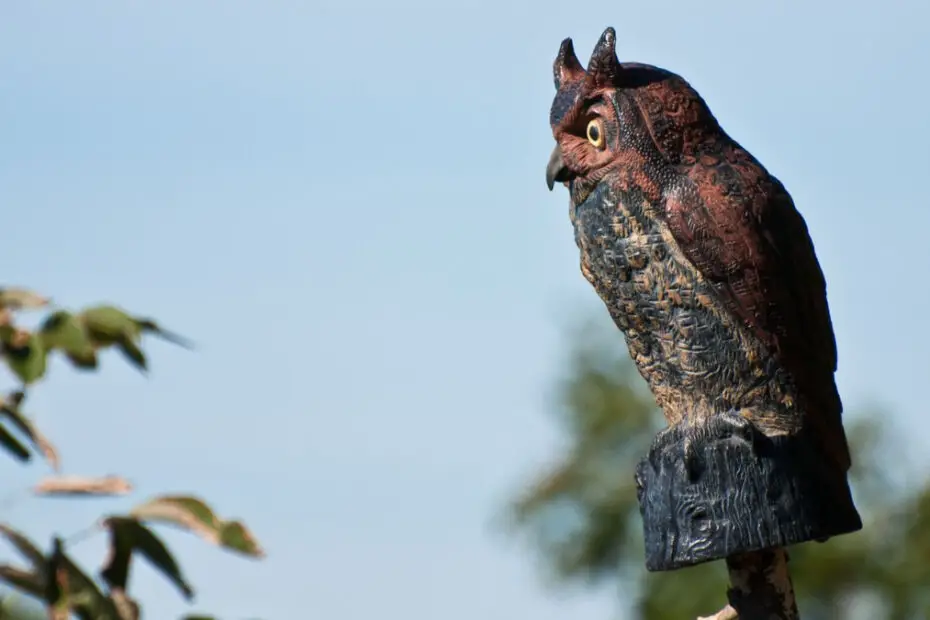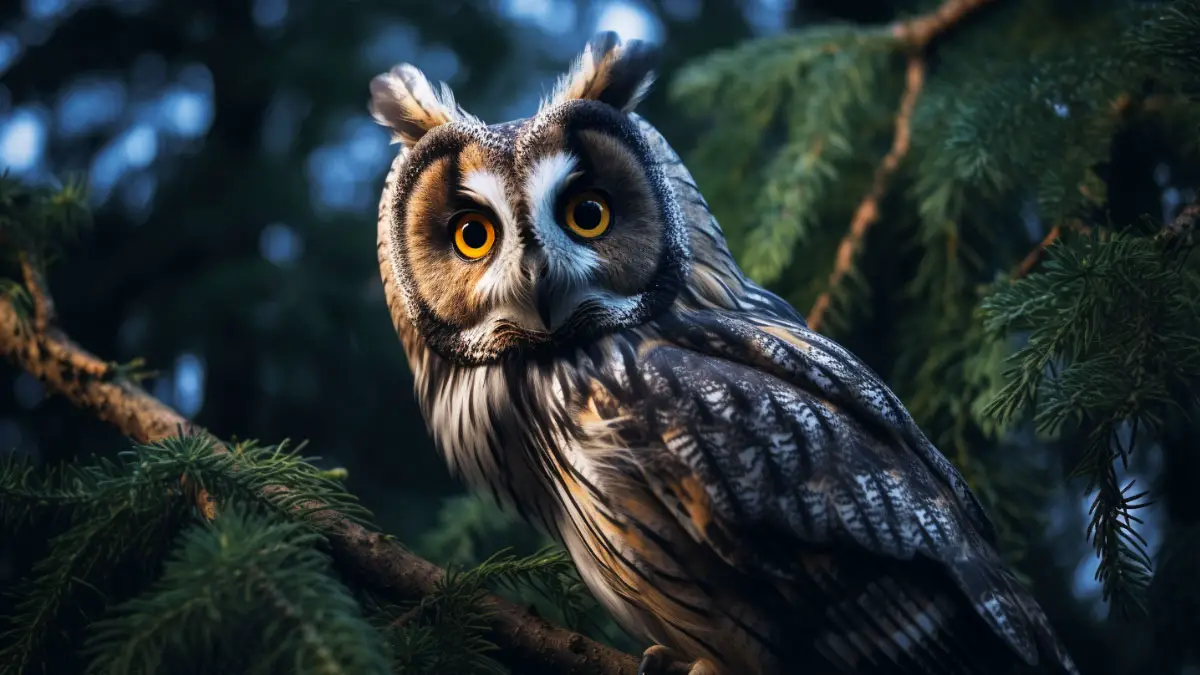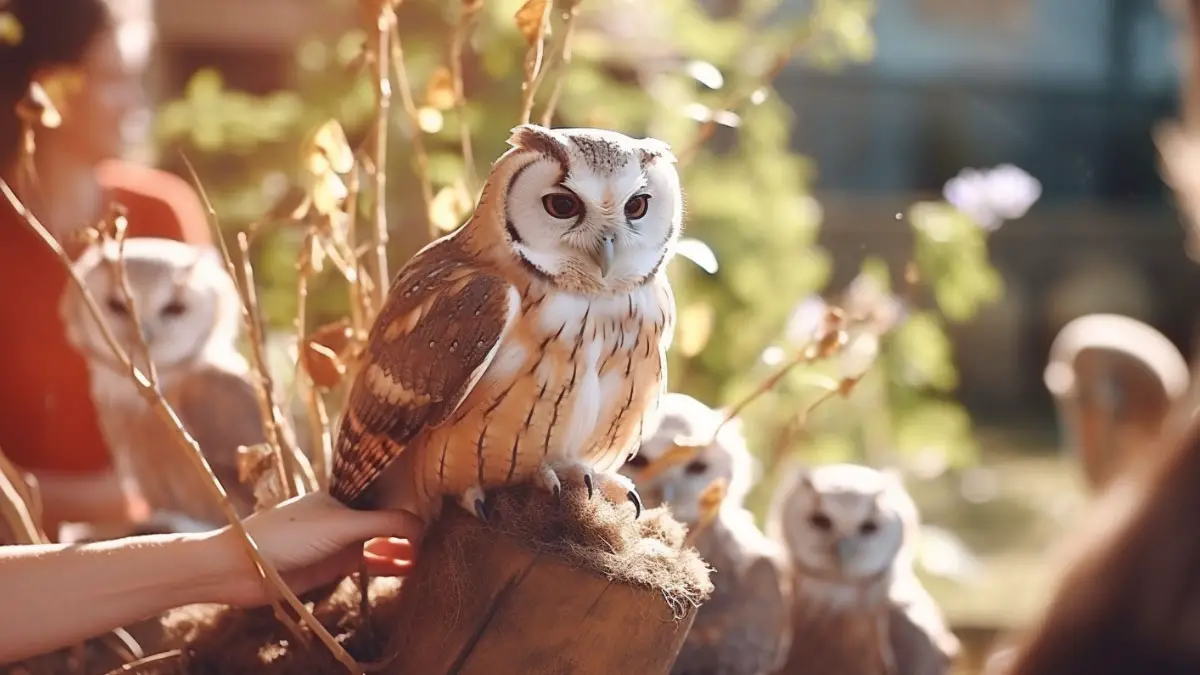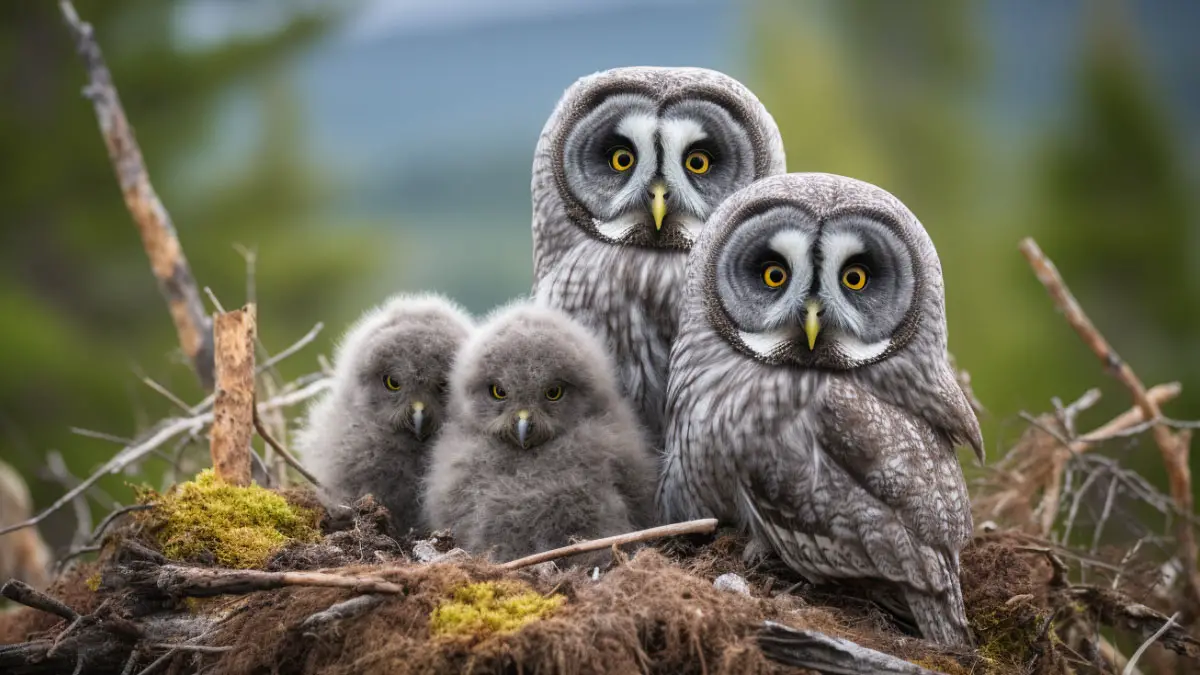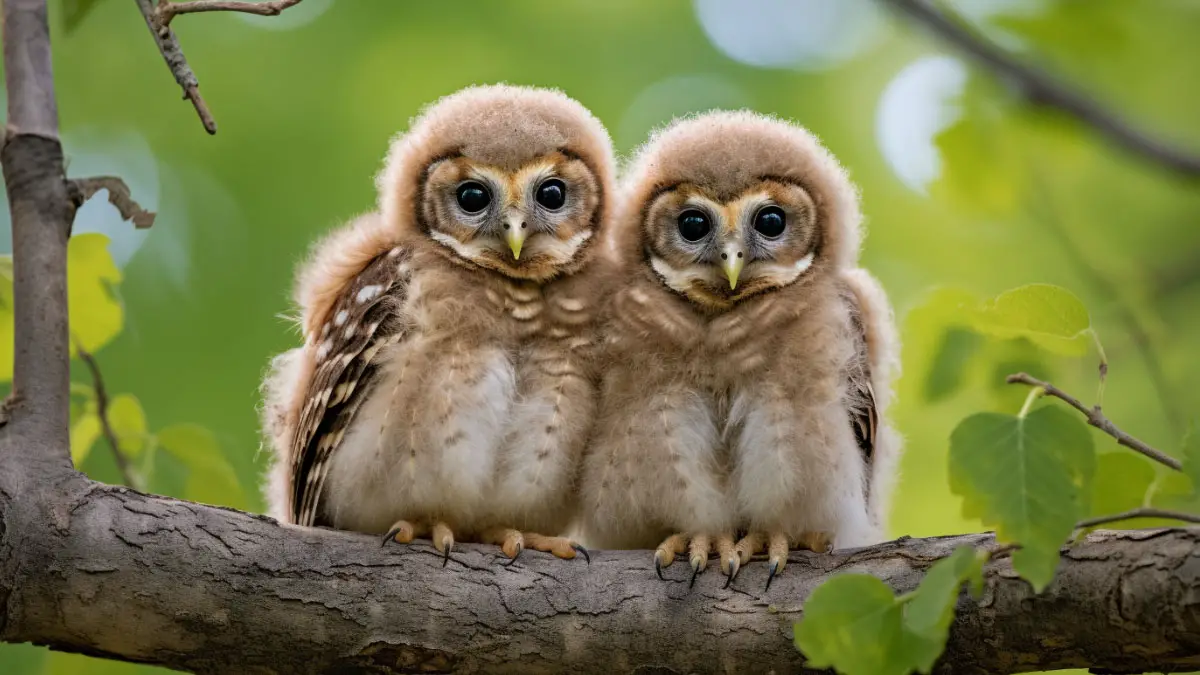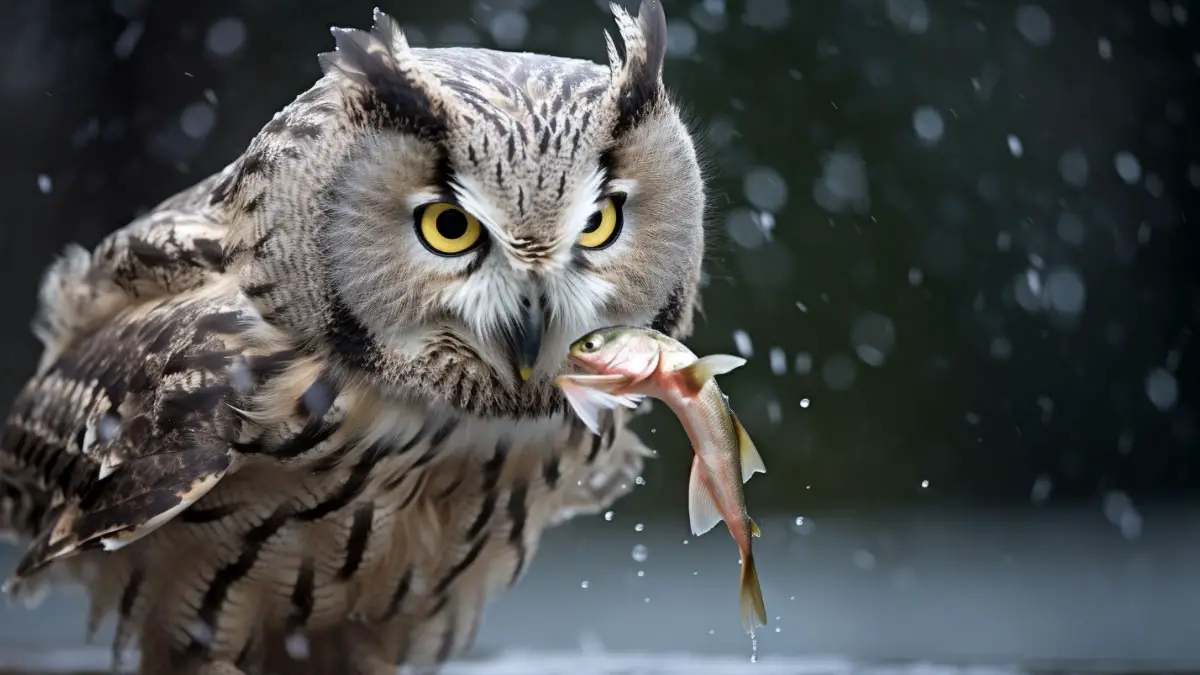When it comes to natural and non-harmful pest control methods, owl decoys have gained popularity as a potential solution. These plastic representations of predatory owls are often used to deter pests and unwanted animals from gardens and farmlands.
But how effective are owl decoys in real life? Owl decoys are effective in deterring birds. However, their effectiveness varies depending on the species of birds and the duration of their use. Birds like pigeons, seagulls, and crows will not be scared off for too long.
Yet, the impact of owl decoys as bird deterrents has remained a subject of contention. This article aims to delve into their effectiveness through an analysis of research studies and other supplementary things.
Investigating the Effectiveness of Owl Decoys
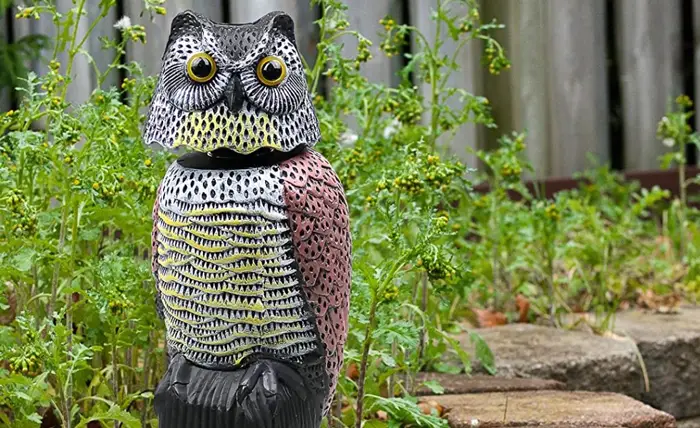
Owl decoys are designed to create a sense of impending danger, leading birds to steer clear of the decoy’s vicinity. Here are examples of birds that are scared off by owl decoys.
- Pigeons (Rock Doves)
- Sparrows
- Starlings
- Seagulls
- Crows
- Songbirds
- Blackbirds
- Robins
The decoys are most effective against small pests such as birds, rodents, and small mammals. Scientific research explored the efficacy of owl decoys in bird deterrence.
For instance, Linfield College conducted a study examining the response of songbirds to owl decoys. They swapped out an owl decoy with a cardboard box of the same size in an oak tree.
The results revealed that the songbirds exhibited fear towards the owl decoy, leading them to steer clear of its vicinity. Consequently, the researchers deduced that owl decoys serve as an efficient method for deterring birds.
Montevecchi and Maccarone conducted a study revealing that the owl decoy had minimal impact on the feeding activity of juveniles. However, it significantly influenced the behavior of their parents. This agitation in parental behavior led to increased avoidance of the decoy’s vicinity by the juveniles.
Also, another research by Montevecchi and Maccarone showed that the decoy had a negative impact on adult gray jays. Therefore, leaving the feeding behavior of juvenile gray jays unaffected.
The studies hinted that the effectiveness of owl decoys varies based on the birds’ age and experience when it comes to deterrence.
Furthermore, the use of owl decoys to deter various pests, including snakes, was also investigated. Given that owls are natural snake predators, their presence serves as a deterrent to keep snakes away from a particular area. This fundamental principle forms the basis for employing owl decoys as a snake deterrent.
What Factors Influence the Effectiveness of Owl Decoys?
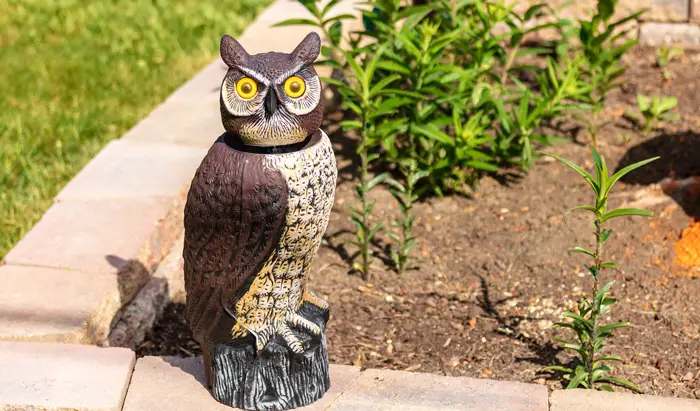
Several factors can influence the effectiveness of owl decoys in deterring birds and other pests. Here are some of the factors:
Pest Species and Behavior
Different pests exhibit diverse behaviors and responses to threats. While some are frightened by the presence of an owl decoy( like rodents, songbirds etc.). Others become accustomed to it over time, for example, crows, pigeons, snakes and seagulls.
Realism and Movement
The realism of owl decoys can also affect their effectiveness. Decoys that look more realistic are more likely to be effective in deterring pests. However, birds will eventually distinguish a decoy from the real thing, especially when there is food available.
Area Coverage and Placement
The range of an owl decoy influences its effectiveness. Larger spaces require multiple decoys to ensure comprehensive coverage. Strategic placement in areas frequently visited by pests is essential for the decoys to be most impactful.
Seasonal Variability
Pest pressures and behaviors often change with the seasons. What is effective in one season might not yield the same results in another. Understanding these seasonal patterns is vital in using owl decoys most effectively. For instance, snakes are active during warmer months and increase their need for food. Rodents are more active on warm and rainy nights.
Habituation and Predator Diversity
Pests become habituated to a particular owl decoy if they remain in the same location for extended periods. To counter this, rotate and relocate the decoys regularly. Moreover, areas with a diverse range of predators discourage pests from becoming habituated to a specific decoy.
How Long Do Owl Decoys Typically Scare Off Birds?
Decoy owls frighten birds at first, but their effect wears off after some time as birds realize they’re not real. For instance, pigeons, crows, and seagulls figure out that decoy owls are fake and get used to them within about four days.
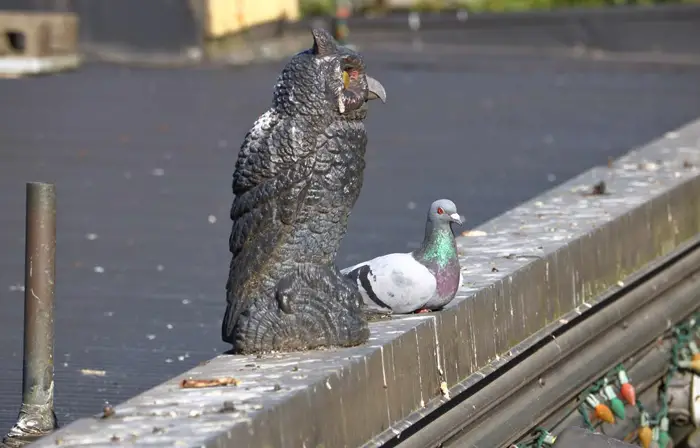
While some other birds, like songbirds or sparrows, stay scared of decoy owls for longer, it’s not a lasting way to keep birds away. So, it’s essential to think about other methods to effectively deter birds from your yard, garden, or farmyard.
According to Cornell University, plastic owls scare away birds, especially woodpeckers, but this effect only lasts a few days.
Supplementing Owl Decoys
To maximize the deterrent effect of owl decoys, you can adopt a multi-faceted approach by combining them with other scare tactics. These supplementary measures include:
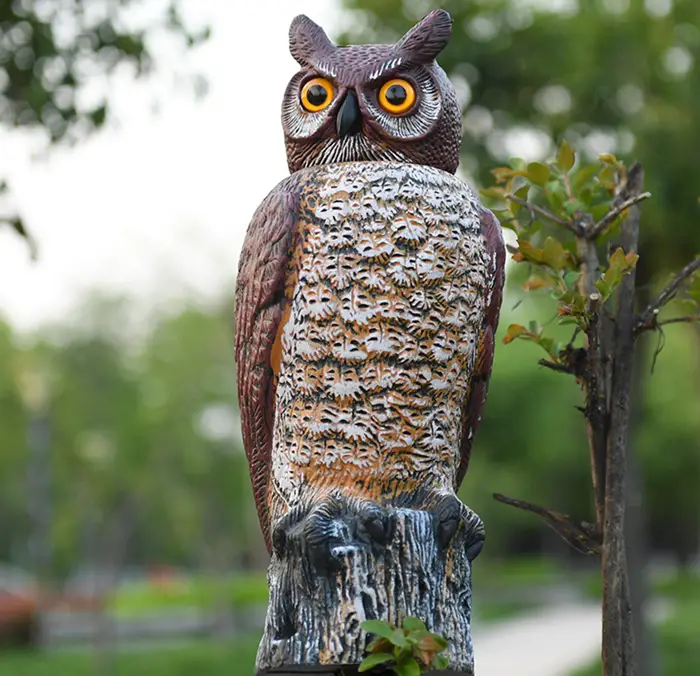
Noise-making Devices
By adding sound elements to the pest control strategy, pests are kept on edge, as the auditory signals mimic the presence of active predators. But make sure the sound you create doesn’t disturb your neighbors. This can result in a legal issue.
Reflective Tape
Strategically placing reflective tape creates the illusion of movement and light. This further reinforces the impression of an active predator in the area.
Scarecrows
Scarecrows have been utilized for centuries to deter birds and other pests. When used in conjunction with owl decoys, they reinforce the idea of a hostile environment.
Best Practices For Using Owl Decoys
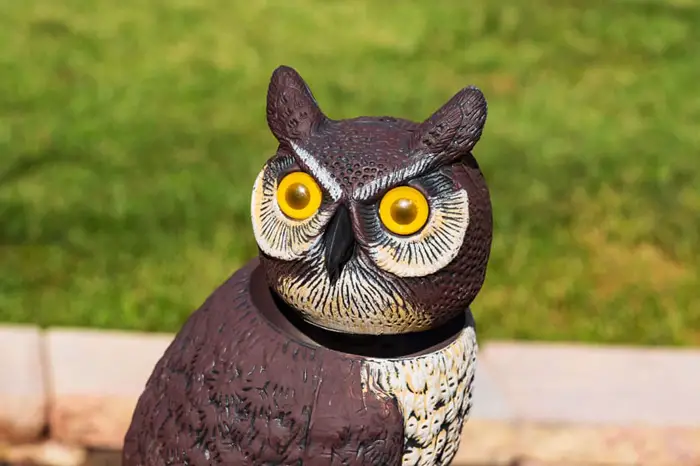
Owl decoys provide a long-term solution when the following tips are put into consideration.
- Position owl decoys strategically in areas where pests are most active. Preferably elevated to resemble a real owl perched on a high spot.
- Opt for decoys with lifelike features.
- Rotate the decoy’s location regularly.
- Use owl decoys in combination with other scare tactics.
- Clean and maintain the decoy to ensure it remains realistic and effective over time.
- Consider seasonal pest patterns and adjust the use of owl decoys accordingly.
- Consider using hybrid decoys that combine owl and other bird features to prevent habituation.
- Coverage: For larger areas, use multiple owl decoys to ensure comprehensive coverage and maximum effectiveness.
- Monitor the Effectiveness of pest activity and make adjustments as needed.
- Combine with other pest control for a well-rounded approach.
FAQs
Questions people also ask about the effectiveness of owl decoys in deterring pests and answers to them.
No, owl decoys are typically designed to resemble owls in a way that deters pests. To attract real owls, it is best to create a suitable habitat with natural nesting sites and food sources rather than relying on decoys.
According to experts, hawk decoys are the clear winner over owl decoys in scaring away pest birds. They are more effective at keeping the birds at bay.
No, larger pests, such as deer or larger predators themselves, are unlikely to be deterred by owl decoys.
Yes, owl decoys can be used indoors in areas where pests are causing problems, such as attics or barns.
Final Words
Owl decoys have emerged as a promising eco-friendly solution for pest deter. Their natural and non-harmful approach appeals to those seeking alternatives to chemical pesticides and lethal traps. However, the scientific evidence regarding their effectiveness remains inconclusive.
While effective for some, owl decoys don’t provide a lasting solution as a bird and other pest deterrent. The effectiveness of owl decoys can be influenced by several factors, including the species of pests. Also, the realism of the decoys, their placement and movement, and the use of other deterrents.
However, whether used alone or in combination with other scare tactics, owl decoys offer a humane way to address pest problems in our outdoor spaces.
